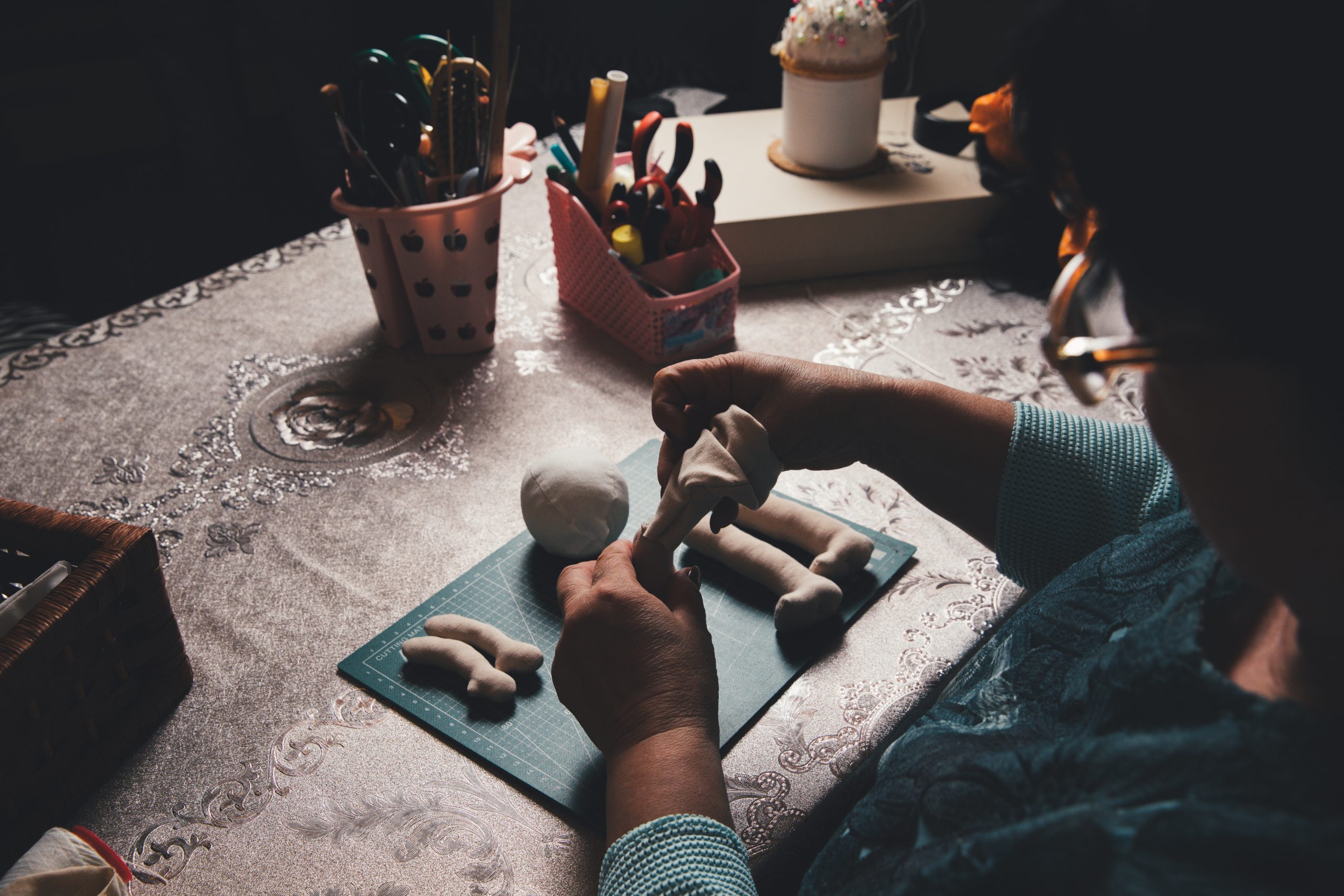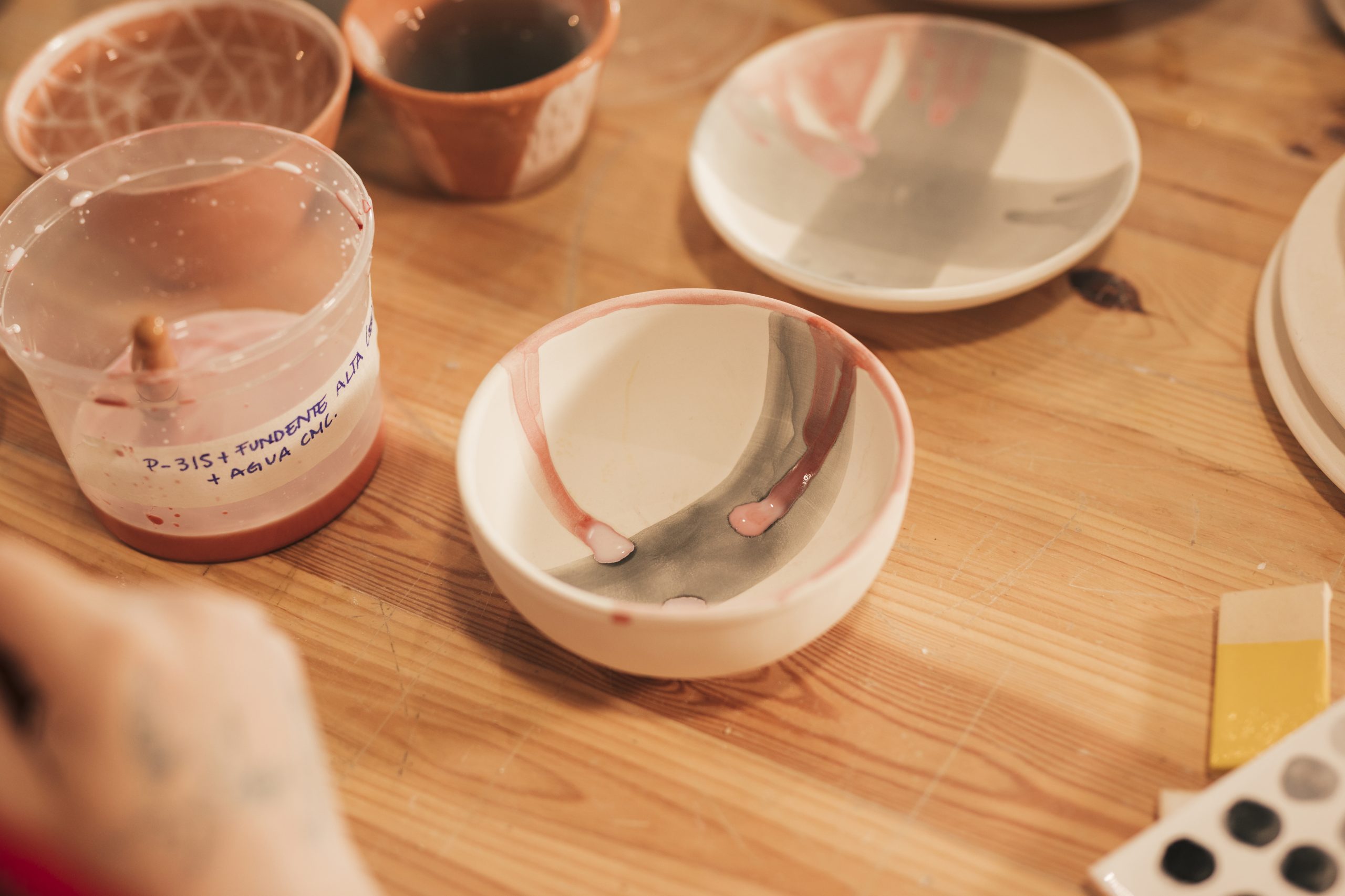Handcrafted items are more than just products; they are stories, passion, and artistry encapsulated in every stitch, brushstroke, or molded shape. Behind every unique creation lies the craftsmanship of talented artisans who dedicate their time, skill, and heart to their work. In this article, we take a closer look at the makers behind these one-of-a-kind creations and the process that makes them so special.
The Art of Craftsmanship
Craftsmanship is about more than just creating beautiful objects. It’s about the dedication to perfecting a craft and the desire to share that skill with others. For many artisans, their craft is not just a job, but a calling. Whether it’s pottery, woodworking, jewelry making, or textiles, the process of creating handcrafted items is an intimate journey that connects the maker to their work.
Meet the Makers: The Faces Behind the Craft
1. The Potter: Shaping Clay with Precision and Passion
Pottery is a time-honored craft that requires a unique blend of skill, patience, and creativity. Potters spend years perfecting their techniques, from hand-molding the clay to choosing the perfect glaze. Each pot, bowl, or mug tells a story of the artist’s personal touch. The process of shaping the clay by hand and firing it in a kiln gives each piece its individual character.
“Every piece I create is a reflection of who I am,” says a local potter. “The imperfections are what make it special, as each one carries a little piece of my soul.”
2. The Woodworker: Turning Timber into Art
Woodworkers are masters of transforming raw wood into functional and beautiful works of art. Whether crafting furniture, decor, or intricate carvings, the process begins with selecting the right piece of wood and continues through shaping, sanding, and finishing. Woodworking is a precise art that requires attention to detail and an eye for design.
“Woodworking is not just about making things,” shares a wood artisan. “It’s about preserving nature in a form that’s both practical and artistic. Each piece has a story to tell.”
3. The Textile Artist: Weaving Stories with Thread
Textile artists bring fabric to life through techniques like weaving, embroidery, and dyeing. Every textile creation, whether it’s a handwoven rug or a carefully embroidered pillow, reflects the artist’s relationship with the fabric. They mix colors, patterns, and textures to produce work that is both functional and expressive.
“I see fabric as my canvas,” says a textile artist. “Every thread is an opportunity to tell a story. Whether I’m weaving a rug or stitching a quilt, the process is about connecting with the materials and making something beautiful.”
4. The Jewelry Maker: Crafting Beauty from Metal and Stone
Jewelry making is an art that combines delicate metalworking with the creativity of design. From silver rings to gemstone necklaces, jewelers work meticulously to create pieces that are not only beautiful but carry meaning. Many jewelers use traditional techniques like soldering, casting, and stone setting, while others innovate by incorporating modern methods.
“Jewelry is personal,” explains a jewelry maker. “Each piece tells a story—whether it’s for a special occasion or simply because someone loves the craftsmanship. My goal is to create something that will last a lifetime.”
5. The Leatherworker: Crafting Timeless Pieces by Hand
Leatherworking is an ancient craft that requires a deep understanding of materials and techniques. Leather artisans use tools such as knives, needles, and thread to create bags, belts, wallets, and more. Each piece begins with selecting high-quality leather, which is then carefully cut, stitched, and finished to ensure durability and beauty.
“Leather is a living material,” shares a leather artisan. “With each stitch, I’m creating something that will age gracefully and tell a unique story as it grows older.”
Why Handmade Creations Matter
Handmade creations are more than just objects; they are a testament to the dedication and passion of the makers. Each item carries a personal touch and a level of craftsmanship that mass-produced goods simply cannot match. These pieces are unique, often one-of-a-kind, and imbued with the maker’s skills, creativity, and vision.
Supporting artisans helps preserve traditional crafts, promotes sustainability, and celebrates individuality. When you purchase a handcrafted item, you’re not only acquiring something beautiful, but you’re also supporting the creative economy and the livelihoods of talented makers.
Conclusion
Behind every handcrafted creation is a maker who has poured their heart into their work. From potters and woodworkers to textile artists and jewelry makers, these artisans keep the spirit of craftsmanship alive through their dedication and passion. The next time you purchase a handmade item, take a moment to reflect on the story behind it and the maker who brought it to life. Their artistry and skill make these creations truly special, and by supporting them, you’re helping to preserve a tradition of craftsmanship that is both timeless and invaluable.


